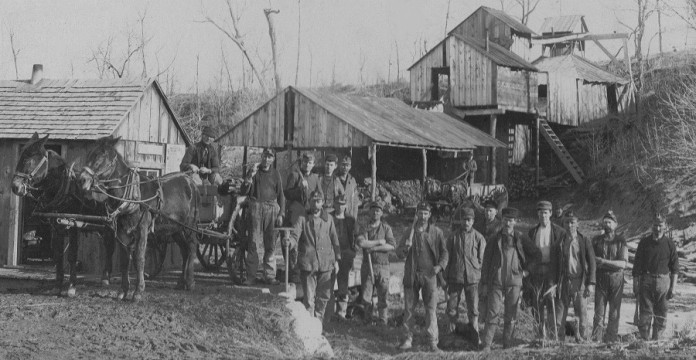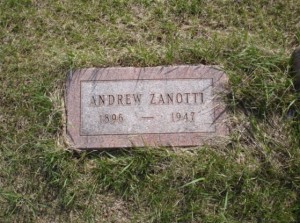
The Greene County Historical Society launches its 2016 series of monthly programs around the county on Friday, April 1, at the United Methodist Church in Cooper, when Mary Weaver presents “Coal Mines of Greene County.”
There will be an $8 lunch at noon, with the free program following at 1 p.m. Historical society members are asked to RSVP about the lunch to their regular community contacts by Wednesday, March 30. The public can make luncheon reservations by calling Ces Brunow at 515-370-5531.
Weaver is learned in Greene County’s fascinating history of coal mining. It is a story that is portrayed very well in the historical society’s museum in Jefferson, with written information, videos and a near life-sized model of a miner working in a coal shaft.

Weaver also had the benefit of a series of email exchanges with Artage Zanotti, 92, of Charles City in north central Iowa, who worked one summer in the Greene County Coal Mine. Located about three-fourths of a mile south of Squirrel Hollow County Park, the mine was started in 1931 by Andrew Zanotti, the father of Artage, and his business partner Joseph Strachan.
“The mineshaft, I think, was approximately 110 feet deep,” Artage Zanotti told Weaver. “There was also a shaft south of the mine for a ventilation fan. The coal was soft with high sulfur content. There were springs in the mine, and the water was cold and pure. We would take some home to drink. The temperature in the mine was constant all year ’round.”
The miners would use dynamite in the mines to blast loose the chunks of coal, which would be loaded into carts and pulled out of the mine by burros.
After reading Zanotti’s stories, Weaver said, “I don’t think we can imagine today how difficult mining was in the 1930s and even the ’40s.”
To help tell the story, she will show a brief video that was made at the mine in 1934 by the late Harold Radebaugh of Rippey. The grainy footage shows coal miners in action. In addition, C. J. Muir, a Greene County High School sophomore who studied the coal mine in a local history class, will be reading the memories written by Artage Zanotti.
Roger Aegerter, executive director of the Greene County Historical Society, will challenge the lunch crowd with trivia questions related to the coal mining history in the area. And before the program, Marilynn Hoskinson will lead the playing and singing of a most appropriate song for the event, Tennessee Ernie Ford’s classic, “Sixteen Tons,” about a legendary coal miner. That song topped the U.S. pop music charts in 1955.
History fans should also make note the historical society will feature a special program at 2 p.m. Sunday, April 10 in the society’s Jefferson museum, when Jed Magee reflects on the life and career of U.S. President Abraham Lincoln.
Magee, a former Jefferson attorney who became an Iowa District Court Judge in northern Iowa, donated his exceptional collection of Lincoln memorabilia to the Greene County Historical Society one year ago. It now forms part of the museum’s permanent collection.
















